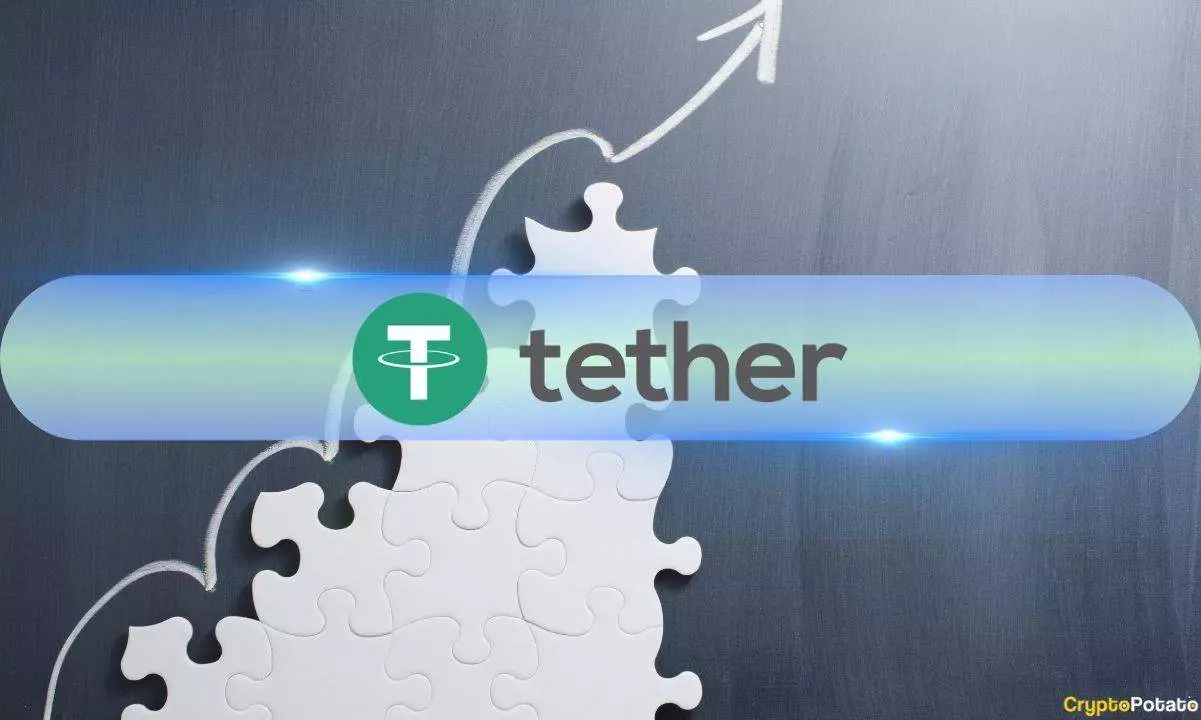Tether, the popular dollar-pegged stablecoin, has experienced a tremendous rise in the past six years, bringing its total assets close to the $100 billion mark. According to the latest transparency report, Tether’s total assets currently stand at $95.2 billion. The majority of these assets, accounting for $92 billion, are held in the form of the stablecoin, USDT.
Renowned investment expert and VanEck strategy advisor, Gabor Gurbacs, recently reaffirmed his support for Tether. In addition, he shared an interesting insight, stating that he had predicted Tether’s potential to reach $100 billion when its market cap was under $100 million back in the spring of 2017. Gurbacs highlights the importance of not underestimating exponential innovations and advises investors to pay attention to ambitious projects and predictions that may seem crazy at first. His continued support of Tether has proven to be fruitful as the stablecoin’s market capitalization has grown an astonishing 6,560% since the beginning of 2018.
Tether’s Chief Technical Officer, Paolo Ardoino, kept it simple when discussing the firm’s fourth quarter performance, stating that it was good. One of the key factors contributing to Tether’s success is the high yield it generates from investing in US Treasury bills. The stablecoin uses a portion of its profits to purchase Bitcoin, further bolstering its position in the crypto market. According to Tether’s reserves report, a significant percentage (85.7%) of Tether’s reserves are held in cash, cash equivalents, and other short-term deposits. Out of this portion, 76.4% is allocated to US Treasury bills, 11% to overnight reverse repurchase agreements, and the remaining 11% to money market funds.
Stablecoins currently represent only 7.2% of the total crypto market capitalization, which amounts to $132 billion. This percentage has declined from the 16-17% market share that stablecoins held in 2022. Among the stablecoins, Tether dominates with almost 70% market share. In the past year, Tether’s supply has grown nearly 40%, while major competitors have experienced declines. For example, Circle’s USDC supply has decreased by 44% over the last year, reaching its lowest level since June 2021, with a circulating supply of just $24.8 billion, representing a market share of approximately 19%. MakerDAO’s DAI holds the third position with $5.3 billion in circulation, followed by TrueUSD (TUSD) with $2.3 billion.
As Tether inches closer to the $100 billion mark in total assets, it solidifies its position as the leading stablecoin in the crypto market. The impressive growth of Tether highlights the increasing demand for stablecoins and their role in the cryptocurrency ecosystem. With stablecoins providing stability and liquidity, they serve as a bridge between traditional financial systems and the emerging world of decentralized finance. The future looks promising for Tether and other stablecoins as they continue to evolve and play a crucial role in the broader crypto market.

